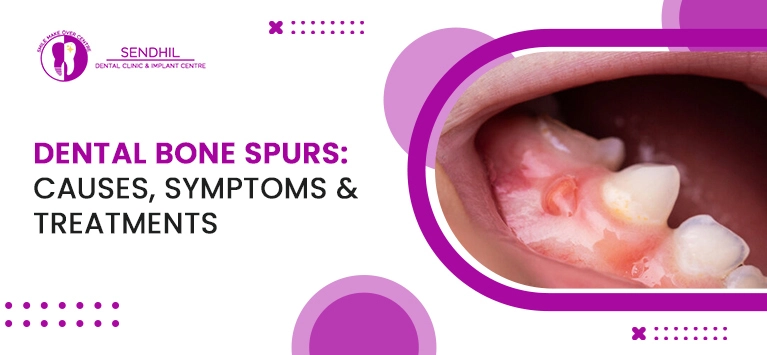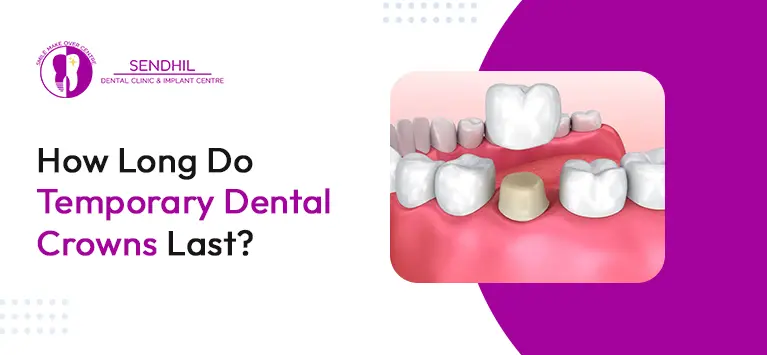
Oil Pulling for Teeth | Oil Swishing
Oil pulling, also known as oil swishing, is an ancient Ayurvedic practice that involves swishing oil in the mouth for some time. It is believed to have numerous benefits for oral health, including reducing plaque and bacteria, whitening teeth, and strengthening gums. In this blog post, we will explore the science behind oil pulling and provide step-by-step instructions on how to do it safely and effectively.
Table of Contents
Benefits of Oil Pulling
According to some research, oil swishing may improve dental health in several ways, such as:
Reducing plaque and bacteria:
One of the benefits of oil pulling is that it can help to reduce plaque and bacteria in the mouth. Plaque is a sticky film of bacteria that can build up on your teeth and lead to cavities and gum disease. By swishing oil around in your mouth, you can help to remove some of this plaque and bacteria, keeping your mouth clean and healthy.
Whitening teeth:
Oil pulling can help to whiten your teeth. Stains and plaque can build up on the surface of your teeth, causing them to look yellow or discolored. By oil swishing, you can help to remove some of these stains and plaque, leaving your teeth looking whiter and brighter.
Strengthening gums:
Oil pulling for teeth can also help to strengthen your gums and reduce inflammation. Gum disease is a common oral health issue that can cause your gums to become red, swollen, and tender. By oil swishing technique, you can help to strengthen your gums and reduce inflammation, keeping them healthy and strong.
Improving bad breath:
Oil pulling technique can help to improve bad breath. Bad breath is often caused by bacteria in the mouth, which can produce unpleasant odors. By using this method, you can help to reduce the bacteria that cause bad breath, leaving your mouth feeling fresh and clean.
How to Do Oil Pulling?
To do oil pulling, follow these simple steps:

1. Choose an oil. Popular oils for oil pulling include sesame and coconut oils.
2. Fill your mouth with one or two tablespoons of oil.
3. Gently swish the oil about your mouth for 10 – 15 minutes.
4. Spit out the oil.
5. Rinse your mouth with water.
How Often to Do Oil Pulling?
Start with once a week: Try oil pulling for teeth once a week to see how your body responds. This can help you assess your tolerance and determine if you experience any adverse effects.
Gradually increase to 2-3 times a week: If you find that oil swishing is beneficial and you don’t experience any negative side effects, you can gradually increase the frequency to 2-3 times per week. This can help improve your oral health and overall well-being.
Consider daily oil pulling if recommended by a healthcare professional: In some cases, a healthcare provider may recommend daily oil swishing for specific oral health concerns. They can guide the appropriate frequency and duration of oil pulling based on your individual needs.
Listen to your body: Pay attention to how your body responds to oil pulling. If you experience any discomfort or negative side effects, it’s best to reduce the frequency or discontinue the practice altogether.
Regular oil pulling is generally considered safe for most people. However, it’s always a good idea to consult a dentist or healthcare provider before starting any new oral health routine, especially if you have underlying health conditions or concerns.
Safety of Oil Pulling
For the majority of people, oil swishing is generally safe. However, there are a few things to keep in mind:
* Do not swallow the oil.
* If you experience any irritation or pain, stop oil pulling.
* If you have any concerns, talk to your dentist before starting oil swishing.
What is the best oil for oil pulling?

Coconut Oil:
Benefits:
- Antibacterial and Antifungal Properties: Coconut oil effectively fights harmful bacteria and fungi in the mouth, reducing the risk of infections.
- Plaque and Bad Breath Reduction: Its antibacterial properties help reduce plaque buildup and eliminate bad breath.
- Gum Health Improvement: Coconut oil may help reduce inflammation and bleeding gums.
- Whitening Effect: Regular oil pulling with coconut oil is believed to whiten teeth naturally.
Sesame Oil:
Benefits:
- Anti-Inflammatory Properties: Sesame oil possesses anti-inflammatory properties, alleviating gum inflammation and sensitivity.
- Detoxification: It helps draw out toxins and impurities from the oral cavity.
- Dental Plaque Reduction: Sesame oil effectively reduces plaque and tartar buildup.
- Oral Hygiene Improvement: Regular oil swishing with sesame oil promotes overall oral hygiene.
Sunflower Oil:
Benefits:
- Antibacterial Action: Sunflower oil has antibacterial properties that help fight harmful bacteria in the mouth.
- Tooth Enamel Protection: It helps strengthen tooth enamel and protect against cavities.
- Gum Health Improvement: Sunflower oil can reduce gum inflammation and promote healthier gums.
- Overall Oral Health: Regular oil pulling for teeth with sunflower oil contributes to better oral health.
Olive Oil:
Benefits:
- Anti-Inflammatory Properties: Olive oil possesses anti-inflammatory properties that can help soothe inflamed gums and oral tissues.
- Antioxidant Benefits: Its antioxidant content helps protect against harmful free radicals, supporting oral health.
- Gum Disease Prevention: Olive oil may help reduce the risk of gum disease and promote periodontal health.
- Natural Teeth Whitening: Regular oil swishing with olive oil is believed to aid in teeth whitening.
Is it better to brush your teeth just after or right before doing oil pulling?
The oil left from the oil pulling technique can leave a residue on your teeth that can interfere with fluoride uptake from toothpaste. Brushing your teeth before oil pulling can remove plaque and bacteria, making it easier for the oil to penetrate the teeth and gums. Brushing after oil pulling removes the oil residue and ensures that you get the full benefits of fluoride from toothpaste.
To sum up:
Oil pulling is an ancient practice that has numerous benefits for oral health, including reducing plaque, whitening teeth, and strengthening gums. It involves swishing oil in the mouth for some time and is generally safe for most people. Coconut oil, sesame oil, sunflower oil, and olive oil are popular choices for oil pulling, each offering unique benefits for oral health.
To do oil pulling, simply swish 1-2 tablespoons of oil in your mouth for 10-15 minutes before spitting it out and rinsing your mouth with water. Start with once a week and gradually increase to 2-3 times a week based on your body’s response. Consult a healthcare provider before starting if you have any concerns.
Remember to brush your teeth before oil pulling to remove plaque and bacteria, and brush after to remove the oil residue. In conclusion, oil pulling is a simple, natural way to improve your oral health and maintain a clean, healthy mouth.








